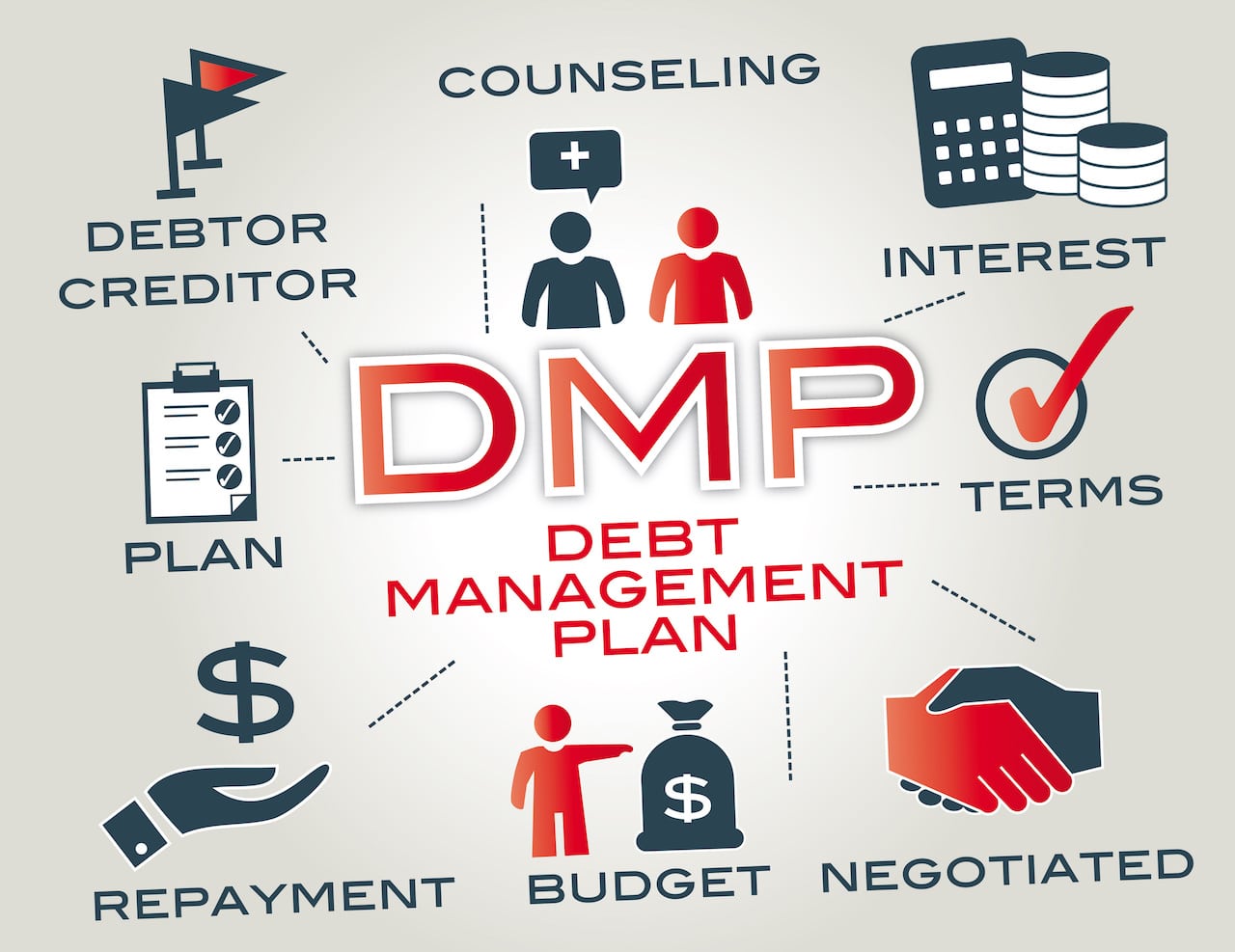Contrasting Financial Debt Consolidation Options: More Discussion Posted Here
Contrasting Financial Debt Consolidation Options: More Discussion Posted Here
Blog Article
Whatever You Required to Learn About Producing a Tailored Debt Monitoring Plan
In the world of personal financing, devising a tailored financial debt management strategy is typically the keystone of attaining economic security and assurance. By thoroughly evaluating your existing monetary responsibilities, establishing possible financial objectives, and crafting a practical budget, you lead the way for effective debt repayment strategies. Nonetheless, the trip to economic flexibility is not only regarding first preparation; it likewise requires ongoing surveillance and adjustments to ensure continued development. As you navigate the complexities of producing a personalized financial debt administration plan, understanding the intricacies of each action is vital to your monetary success.
Evaluating Your Current Financial Obligation Situation
One should initially carry out a complete analysis of their existing debt responsibilities before creating a reliable debt monitoring strategy. Create an in-depth listing of each debt, consisting of the total amount owed, rate of interest prices, minimum regular monthly settlements, and due dates.
After assembling this information, calculate your total debt-to-income ratio by splitting your month-to-month financial obligation payments by your month-to-month earnings. Understanding these aspects of your financial situation will certainly assist you in establishing an individualized financial obligation administration strategy customized to your particular needs and objectives.
Setup Financial Goals and Targets

When establishing monetary goals, it is essential to be details, quantifiable, achievable, appropriate, and time-bound (WISE) For instance, you might set an objective to settle a specific quantity of debt within a certain time framework, such as lowering your bank card balance by $5,000 in the next 12 months - More Discussion Posted Here. By establishing clear targets such as this, you can track your development and remain motivated to achieve your financial debt management goals
In addition, think about prioritizing your financial debts based upon factors such as rates of interest, outstanding equilibriums, and settlement terms. By focusing on high-interest financial debts first, you can conserve money in the long run and accelerate your journey towards monetary flexibility. Remember, everyone's economic circumstance is one-of-a-kind, so tailor your objectives and targets to fit your specific needs and circumstances.
Developing a Realistic Budget Plan
Crafting a distinct budget plan is an essential action in reliable financial obligation management and monetary planning. A sensible budget plan serves as a roadmap for your financial health, aiding you track your revenue, costs, and financial obligation repayments. To produce a functional budget, begin by providing all your resources of earnings.
Frequently testimonial and change your budget as required visit here to stay on track with your monetary goals and debt payment plan. By sticking to a reasonable budget plan, you can efficiently handle your financial obligation and job towards a much more secure economic future.
Exploring Financial Obligation Settlement Methods
After establishing a practical spending plan, the following critical action in efficient financial debt management is to check out various financial debt payment strategies. One typical method is the snowball method, where you focus on paying off the tiniest financial obligations first while making minimum payments on bigger financial debts. This technique can help construct momentum as you see smaller debts being cleared, supplying inspiration to deal with bigger ones.
An additional approach is the avalanche method, which includes focusing on financial obligations with the highest possible rates of interest. By targeting high-interest financial debts initially, you can minimize the total amount you pay in interest in time. This method may be much more cost-effective over time, even though it might take longer to see this content private financial debts completely paid off.
Debt debt consolidation is an additional choice where you integrate multiple financial debts right into a single funding with a lower rate of interest. This can streamline your payment procedure and possibly reduce the total rate of interest paid. Nevertheless, it's vital to meticulously think about the fees and terms linked with debt consolidation to ensure it's the appropriate option for your economic circumstance.
Surveillance and Changing Your Strategy

Readjusting your strategy might entail reapportioning funds to tackle high-interest financial obligations initially, discussing with financial institutions for lower rate of interest or much better payment terms, or exploring additional income sources to expedite financial debt settlement. As your economic scenario progresses, your financial obligation monitoring strategy must adjust appropriately to continue to be reliable. By staying versatile and positive in tracking and readjusting your plan, you can enhance your initiatives towards repaying your financial debts successfully and attaining your economic goals.
Conclusion
In conclusion, developing a personalized debt monitoring strategy includes evaluating present financial obligation, setting financial goals, developing a practical spending plan, checking out repayment approaches, and tracking and changing the strategy as required. By adhering to these actions, individuals can take control of their economic scenario and work in the direction of ending up being debt-free. It is very important to remain disciplined and devoted to the strategy in order to achieve lasting financial security.
One should first carry out a comprehensive assessment of their present financial obligation obligations prior to formulating an effective financial debt management strategy.After developing a realistic spending plan, the next crucial action in effective financial debt management is to discover various financial debt payment strategies - More Discussion Posted Here.To properly handle your financial obligation, continual surveillance and modification of your financial debt administration strategy are crucial elements for lasting financial security.Adjusting your strategy may entail reallocating funds to take on high-interest financial that site obligations initially, negotiating with creditors for reduced passion prices or far better payment terms, or checking out added revenue resources to quicken debt repayment.In conclusion, producing a personalized financial debt management plan involves assessing existing financial debt, establishing monetary goals, creating a reasonable budget, exploring payment approaches, and tracking and readjusting the plan as required
Report this page